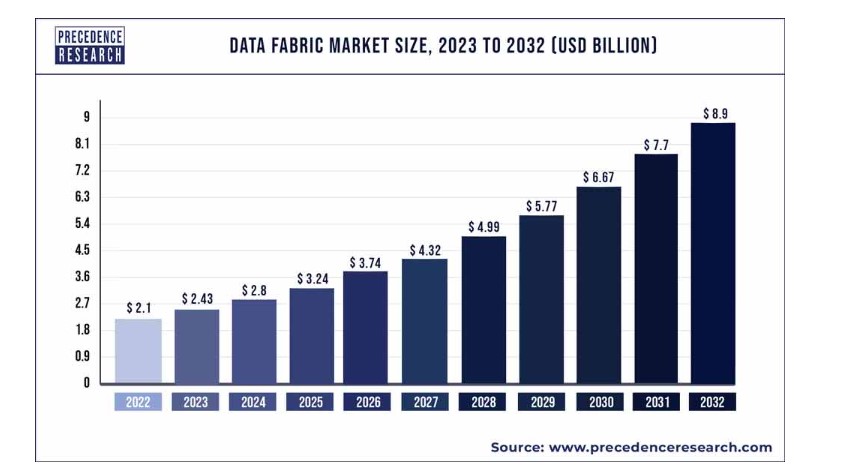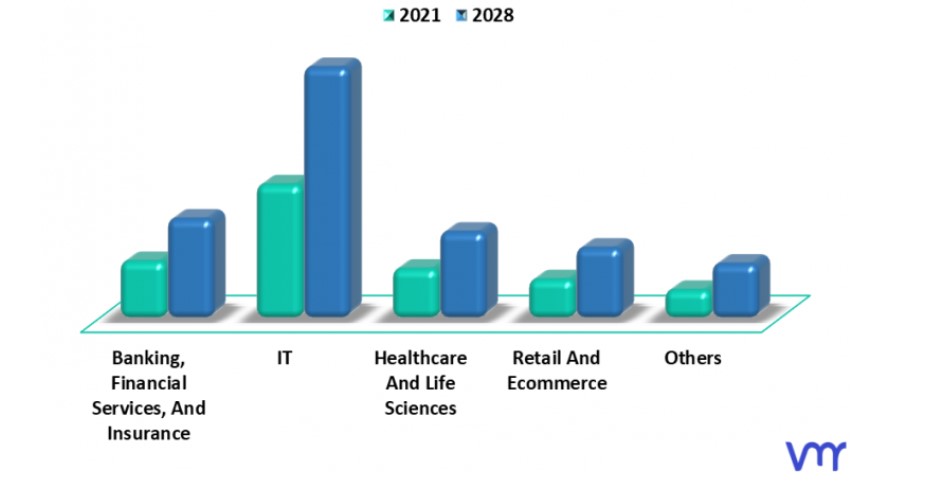In the modern world, where data is the new oil, businesses constantly seek efficient ways to manage and leverage their data for decision-making. Two such technologies that have emerged in recent years are Data Fabric and Data Lake. This article will delve into the core aspects, uses, benefits, drawbacks, and real-life implementation of both these technologies.
What is a Data Lake?
As its name suggests, a Data Lake is a vast pool of raw data stored in its native format with no fixed limits on account size or file. It's a centralized repository that allows you to store all your structured and unstructured data at any scale. Think of it as a massive, easily accessible lake full of raw data available for analysis.
Benefits and Drawbacks of Data Lakes
The key benefits of a Data Lake include the ability to store large amounts of data at a relatively low cost, scalability, and the flexibility to use multiple data types. However, its primary drawback lies in its very nature. Since data is stored in its raw form, extracting meaningful insights can be challenging and time-consuming without proper data management strategies.
What is a Data Fabric?
Data fabric is a unified, integrated data system that provides a comprehensive view of all the data across an organization. It includes data from different sources, in various formats, and at different stages of processing. Data fabric leverages advanced technologies like artificial intelligence (AI) and machine learning (ML) to automate data discovery, integration, and management, making it easier for businesses to derive insights from their data.
Benefits and Drawbacks of Data Fabrics
Data Fabric offers numerous benefits, including real-time data access, improved data quality, and seamless integration across various data sources. It also supports data security, governance, and privacy. However, implementing a data fabric can be complex and requires a strategic data integration and management approach.
Real-world Use Cases
Data fabric can be used across a wide range of industries to streamline data management and drive informed decision-making. Below is the data from Precedence Research about data fabric market share in 2022 and its predicted growth by 2032.

Here are a few use-case examples:
- Finance: Banks and financial institutions can leverage data fabric to integrate disparate data sources, providing a holistic view of a customer's financial history. This can aid in risk analysis, fraud detection, and customized financial advice.
- Logistics: For logistics and supply chain companies, data fabric can consolidate information from various systems like inventory, shipping, and vendor data, thereby improving operational efficiency and facilitating proactive decision-making.
- Marketing: Marketing agencies can use data fabric to integrate data from different marketing channels and customer touchpoints. This lets them gain a 360-degree view of customer behavior, driving personalized marketing campaigns and improving ROI.
These use cases highlight the versatility and potential of data fabric in managing complex data ecosystems across diverse sectors.
Data lakes also pose significant potential in various industries. Below, you can see the data from Verified Market Research about the global data lakes market share in 2021 and its forecasted growth by 2028.

Use cases for data lakes:
- Healthcare: In healthcare, data lakes can store and analyze vast amounts of patient data, including medical histories, lab results, and genomic data. This can provide invaluable insights, improving patient care and enabling personalized treatment plans.
- Retail: For the retail industry, data lakes can consolidate data from various sources like in-store transactions, online shopping, and social media interactions. This holistic view of customer behavior can inform targeted marketing strategies and enhance the customer experience.
- Manufacturing: Data lakes in manufacturing can facilitate predictive maintenance by analyzing data from various machinery and equipment. This can help prevent equipment failures, reduce downtime, and increase operational efficiency.
By providing a central repository for all types of raw data, data lakes allow for flexible, in-depth analysis. They can drive informed decision-making across a broad range of industries.
Data Fabric vs Data Lake: Which to Choose?
Choosing between a data fabric and a data lake depends on your business's specific needs. If your organization requires a more structured and unified view of data, with automated data management and real-time insights, then data fabric might be the better choice. On the other hand, a data lake might be more suitable if your organization needs a flexible and vast storage system for big data and the ability to explore raw data in its original format.
In essence, the decision boils down to your specific data needs, resources, and the capabilities of your data team. With the right choice, either data fabric or data lake can be an asset to your organization's data management strategy, powering insights and decisions that drive business growth.
For data management, you can use tools like Avantis AI which streamlines data management by leveraging AI-powered market intelligence to extract and organize critical insights from SEDAR+ and SEC filings, news, corporate, and market data, enabling businesses to make informed decisions faster and with greater accuracy.
Conclusion
Data Lake and Data Fabric play crucial roles in data management, but they are not interchangeable. Data Lakes are the go-to choice for organizations dealing with massive volumes of raw data, fostering flexibility and scalability. On the other hand, Data Fabric offers a holistic approach to data management, connecting disparate sources and promoting data integration and governance.
Understanding the nuances of each technology is vital for making an informed decision that will drive better data utilization and, ultimately, business success. Whether you opt for the flexibility of a Data Lake or the unified approach of a Data Fabric, harnessing the power of data is the key to staying competitive in today's data-driven world.

